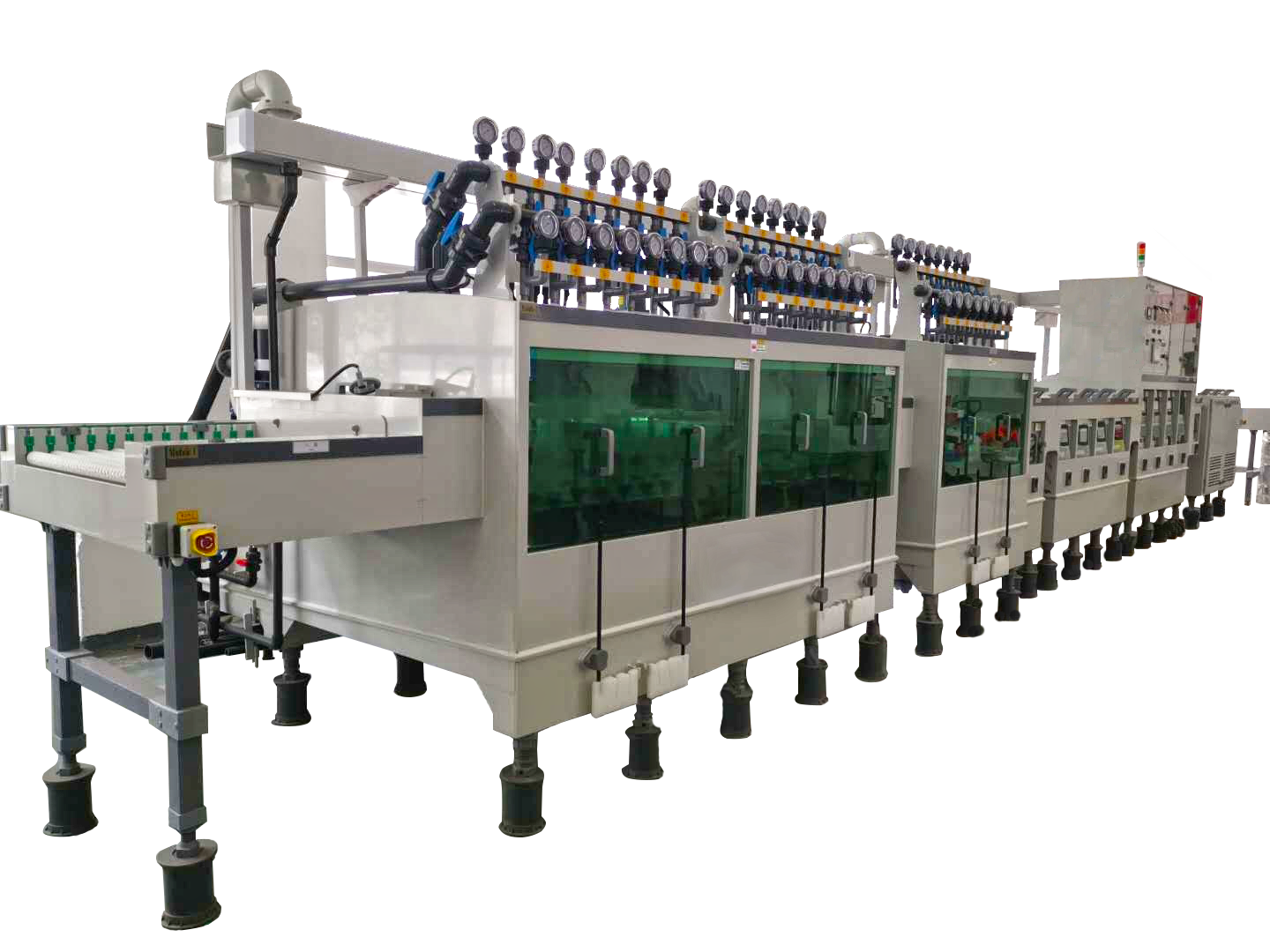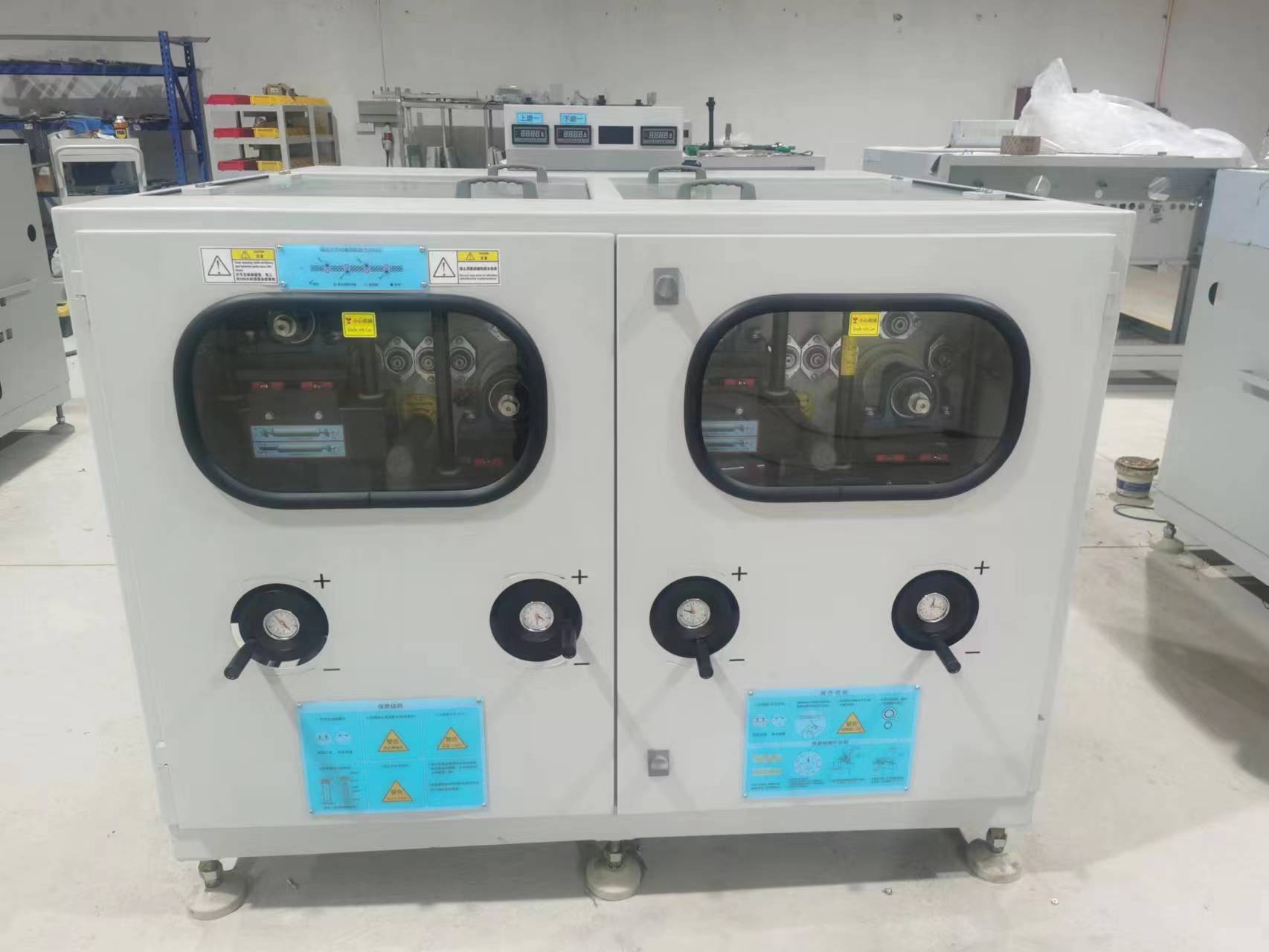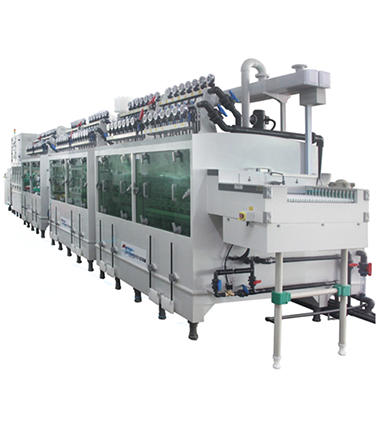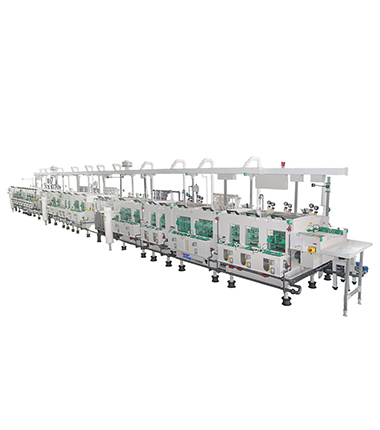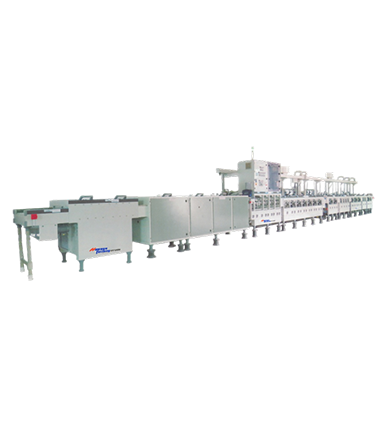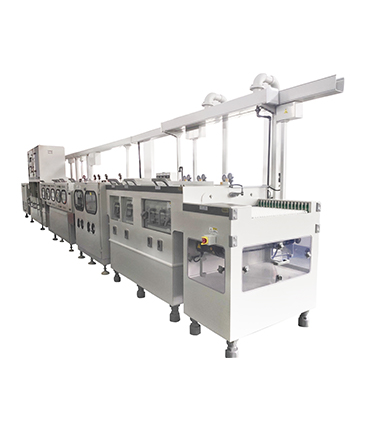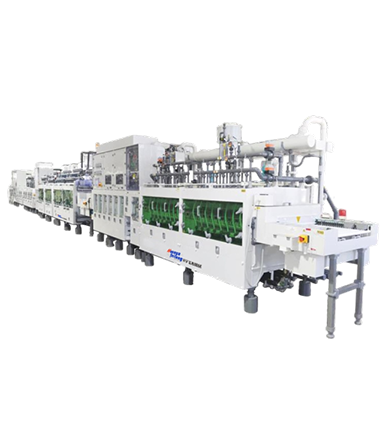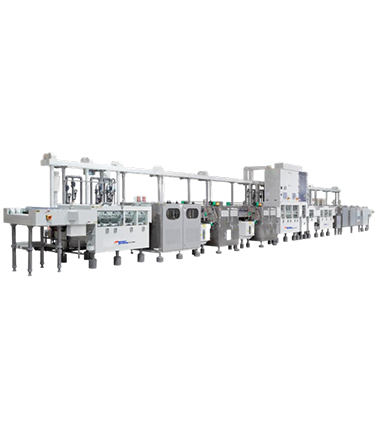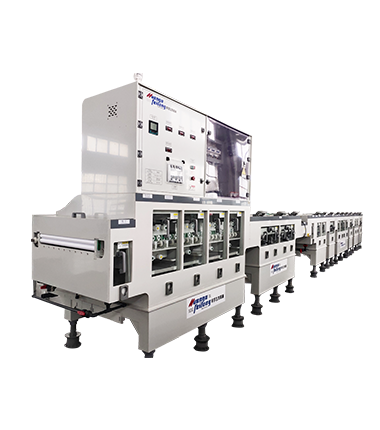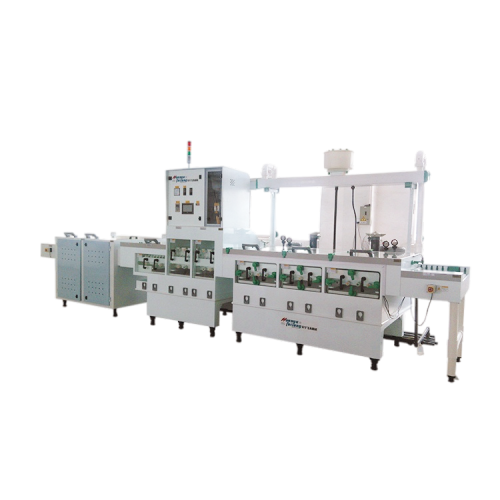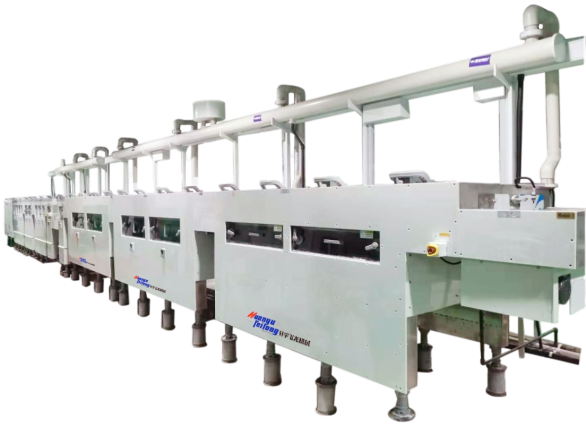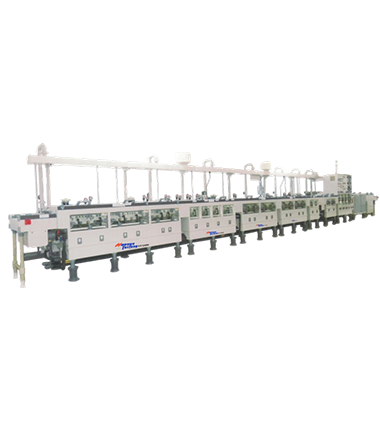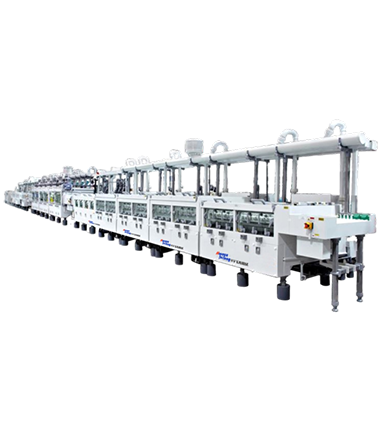Etching Process Machine Buying Guide
The equipment used in the production of high-precision metals and the details of how each piece of equipment works in the production of high-precision metals. Click to learn more.
| Dry Film Precision Metal Etching Process | Wet Film Precision Metal Etching Process |
In wet film etching process and dry film etching process. How do I choose?
Choosing between wet film etching and dry film etching depends on several factors, including your specific project requirements, the materials you’re working with, and your manufacturing capabilities. Here are some considerations to help you decide which process to use:
1. Material Compatibility:
- Consider the type of metal or substrate you are working with. Both wet film and dry film etching can be used with various materials, but certain metals may be better suited to one method over the other. Ensure that your chosen process is compatible with your substrate.
2. Etching Depth and Feature Size:
- Determine the required etching depth and feature size for your project. If you need to etch fine, intricate patterns with high aspect ratios or very shallow features, wet film etching may be more suitable due to its precise control over etching rates.
3. Surface Finish and Quality:
- Consider the surface finish and quality requirements of your components. Wet film etching can provide a highly uniform surface finish, making it suitable for applications where surface quality is critical.
4. Production Volume:
- Assess your production volume needs. If you’re producing components in small quantities or for rapid prototyping, both wet and dry film etching can work, but wet film etching may offer quicker turnaround times.
5. Complexity of Design:
- Evaluate the complexity of your design and any design changes you anticipate. Wet film etching allows for more flexibility in modifying the mask pattern, making it preferable for designs that may evolve during production.
6. Cost Considerations:
- Analyze your budget and cost considerations. Wet film etching may be more cost-effective for small production runs and prototypes, while dry film etching can be more economical for larger volumes due to reduced setup time and material waste.
7. Process Control:
- Consider your ability to control and monitor the etching process. Wet film etching may require more precise control of etching parameters, such as temperature and agitation, to achieve the desired results.
8. Environmental Impact:
- Take into account environmental considerations. Both processes can be environmentally friendly if proper disposal procedures and environmentally friendly chemicals are used. However, if environmental concerns are a priority, verify the chemicals and waste management associated with each process.
9. Equipment and Expertise:
- Assess your available equipment and expertise. Wet film etching may require specific equipment for handling liquid photoresists, while dry film etching relies on the precise application of dry film resists. Ensure you have the necessary equipment and trained personnel.
10. Application-Specific Requirements: – Some applications may have unique requirements that favor one method over the other. For instance, in microfabrication or MEMS applications, wet film etching may be preferred for its ability to create high-aspect-ratio structures.
PCB production process requires the use of equipment and the details of the work of each device in the PCB production process. Click to learn more.
- Acid Etching
- Acid etching, also known as photo etching, chemical etching or chemical milling, is a sheet metalworking technology which uses acid etchants to machine complex, highly accurate precision metal components.
- Electrochemical Etching
- Electrochemical etching is a process that uses an electric current to dissolve or etch material from a workpiece, typically a metal. It involves immersing the workpiece in an electrolyte solution and applying a voltage to create controlled chemical reactions at the surface, resulting in material removal. This method is often used for marking or engraving metal surfaces.
- Plasma Etching
- Plasma etching is a dry etching process used in semiconductor fabrication and other industries. It involves using a high-energy plasma (typically a gas or mixture of gases) to selectively remove material from a substrate. The reactive ions and radicals in the plasma chemically react with the material, effectively etching it away.
- Photochemical Etching
- Photochemical etching, also known as photochemical machining or photofabrication, is a process that uses a combination of photoresist, ultraviolet light, and a chemical etchant to selectively remove material from a substrate. It is used for creating precise patterns and intricate shapes in various materials, including metals and polymers.
- Wet Chemical Etching
- Wet chemical etching is a process that uses liquid chemicals (etchants) to remove material from a substrate. It is often used for isotropic etching, where material is removed uniformly in all directions. The choice of etchant and process parameters determines the etch rate and selectivity of the material removal.
- Ion Beam Etching
- Ion beam etching is a dry etching technique that uses a focused beam of ions (usually noble gases such as argon or xenon) to sputter and remove material from a substrate. It is highly directional and precise, making it suitable for microfabrication and semiconductor manufacturing.
- Dry Chemical Etching
- Dry chemical etching is a type of etching process that does not involve liquid chemicals. Instead, it uses gaseous chemicals or plasmas to remove material from a substrate. It is commonly used in semiconductor manufacturing to pattern and etch thin films or layers on silicon wafers.
- Oxide Etching
- Oxide etching specifically targets the removal of oxide layers from a substrate, such as silicon dioxide (SiO2) in semiconductor devices. Various etching techniques, including wet chemical etching and dry etching methods like plasma etching, can be used to selectively remove oxide layers while preserving other materials on the substrate.
Dragon Etching Equipment
Chemical Etching Machine Equipment Factory
Chemical Etching Features Precision: The etching prec…
Chemical Etching Machine Equipment Factory
Chemical Etching Features Precision: The etching prec…
PCB milling Machine Chemical milling equipment
Automatic PCB milling machine Manual PCB millin...
PCB milling Machine Chemical milling equipment
Automatic PCB milling machine Manual PCB millin...
PCB Chemical Drilling Machine
Dragon PCB drilling machines provide reliable and precise dr...
PCB Chemical Drilling Machine
Dragon PCB drilling machines provide reliable and precise dr...
PCB Chemical Sandblasting Machine
Sandblasting is a process that involves blasting the PCB wit...
PCB Chemical Sandblasting Machine
Sandblasting is a process that involves blasting the PCB wit...
Film Release Etching Tin Removal 3 in 1 machine
Machine Specification Please note: There is no fixed ...
Film Release Etching Tin Removal 3 in 1 machine
Machine Specification Please note: There is no fixed ...
PCB Chemical Polishing Machine
Polishing involves the use of a polishing solution to remove...
PCB Chemical Polishing Machine
Polishing involves the use of a polishing solution to remove...
PCB and Metal Chemical Oxidation Resistance Machine
Oxidation resistance is an important step that prevents the ...
PCB and Metal Chemical Oxidation Resistance Machine
Oxidation resistance is an important step that prevents the ...
PCB Developing Exposing Machine
Developing involves exposing the PCB to a developer solution...
PCB Developing Exposing Machine
Developing involves exposing the PCB to a developer solution...
3 in 1 machine for developing etching film removal
Machine Specification Please note: There is no fixed ...
3 in 1 machine for developing etching film removal
Machine Specification Please note: There is no fixed ...

